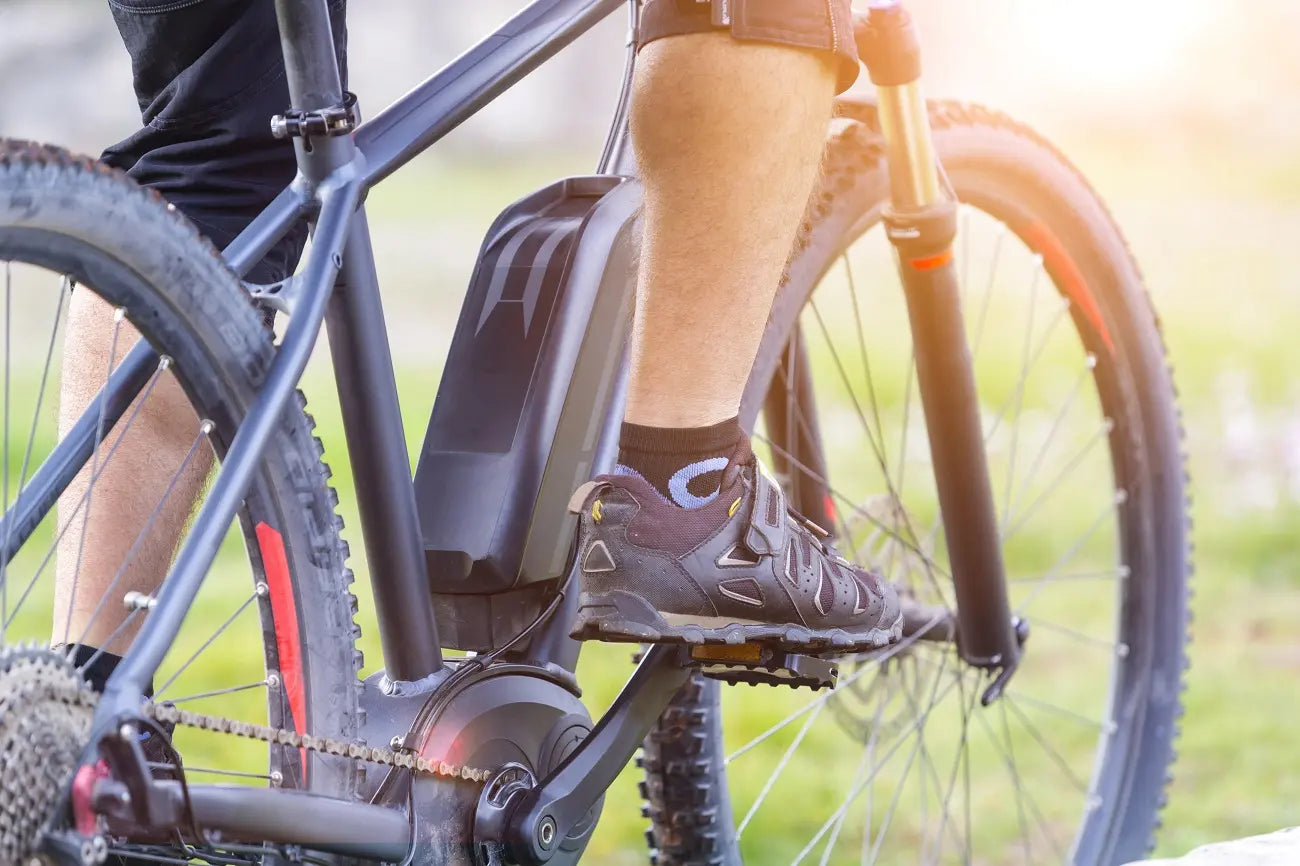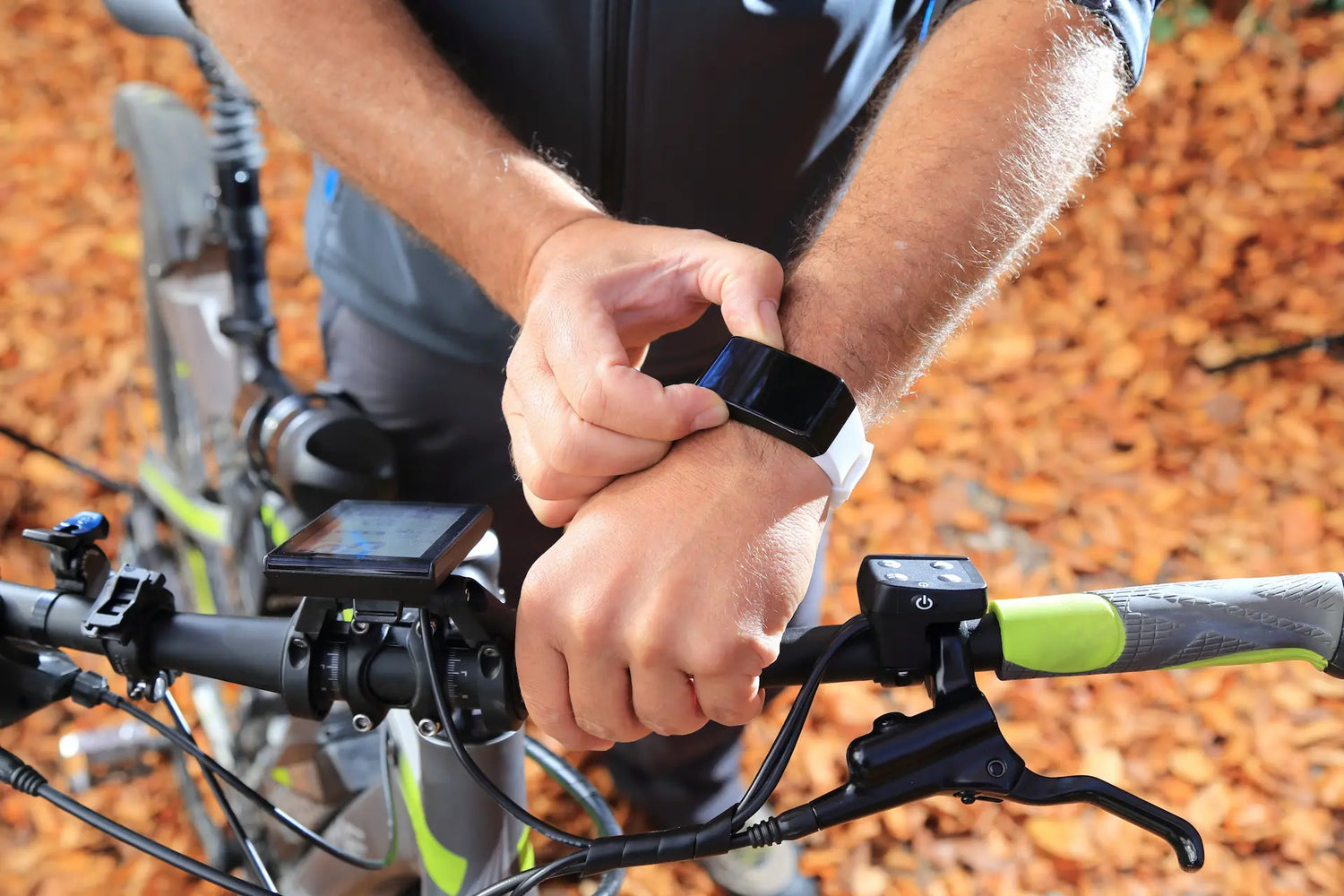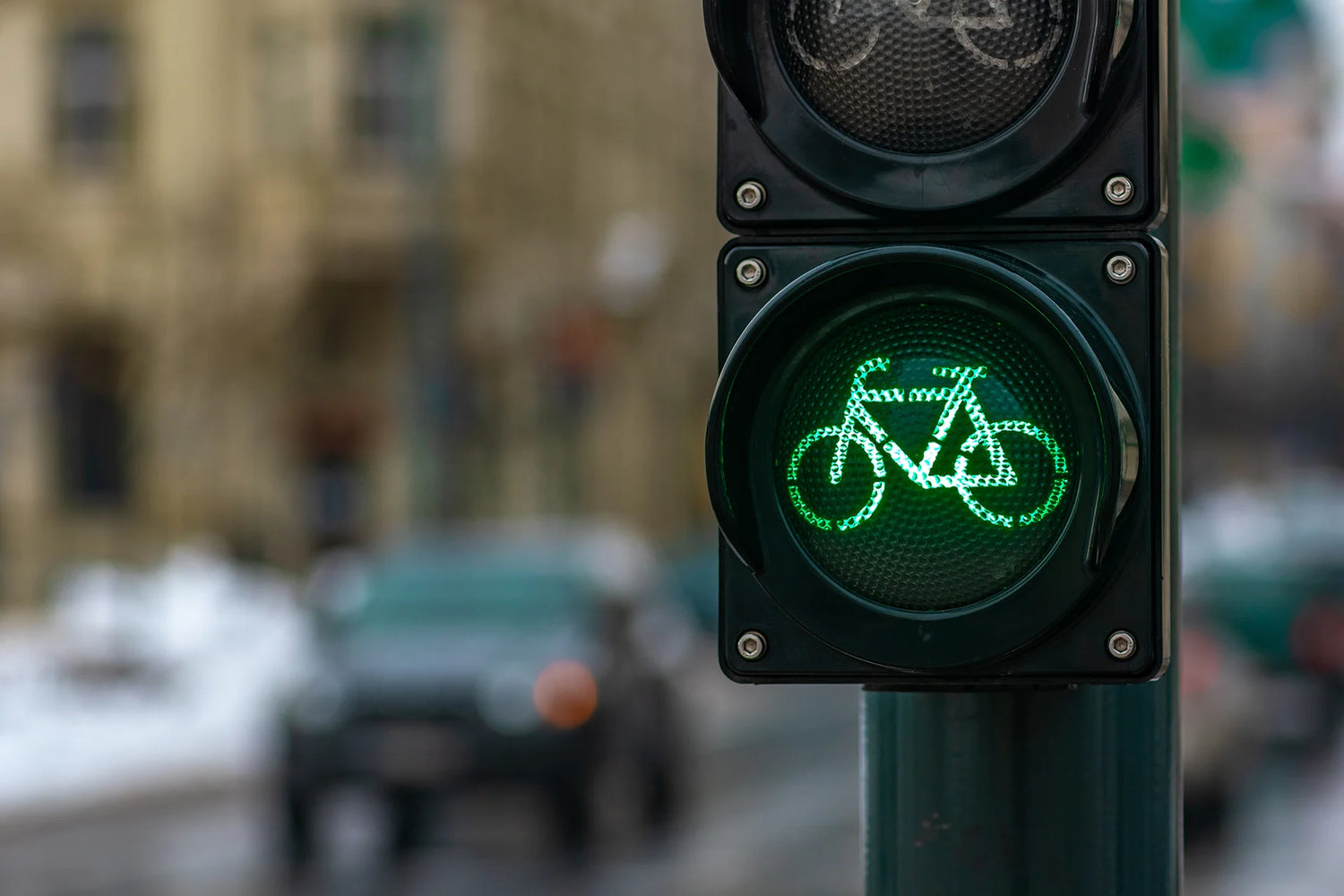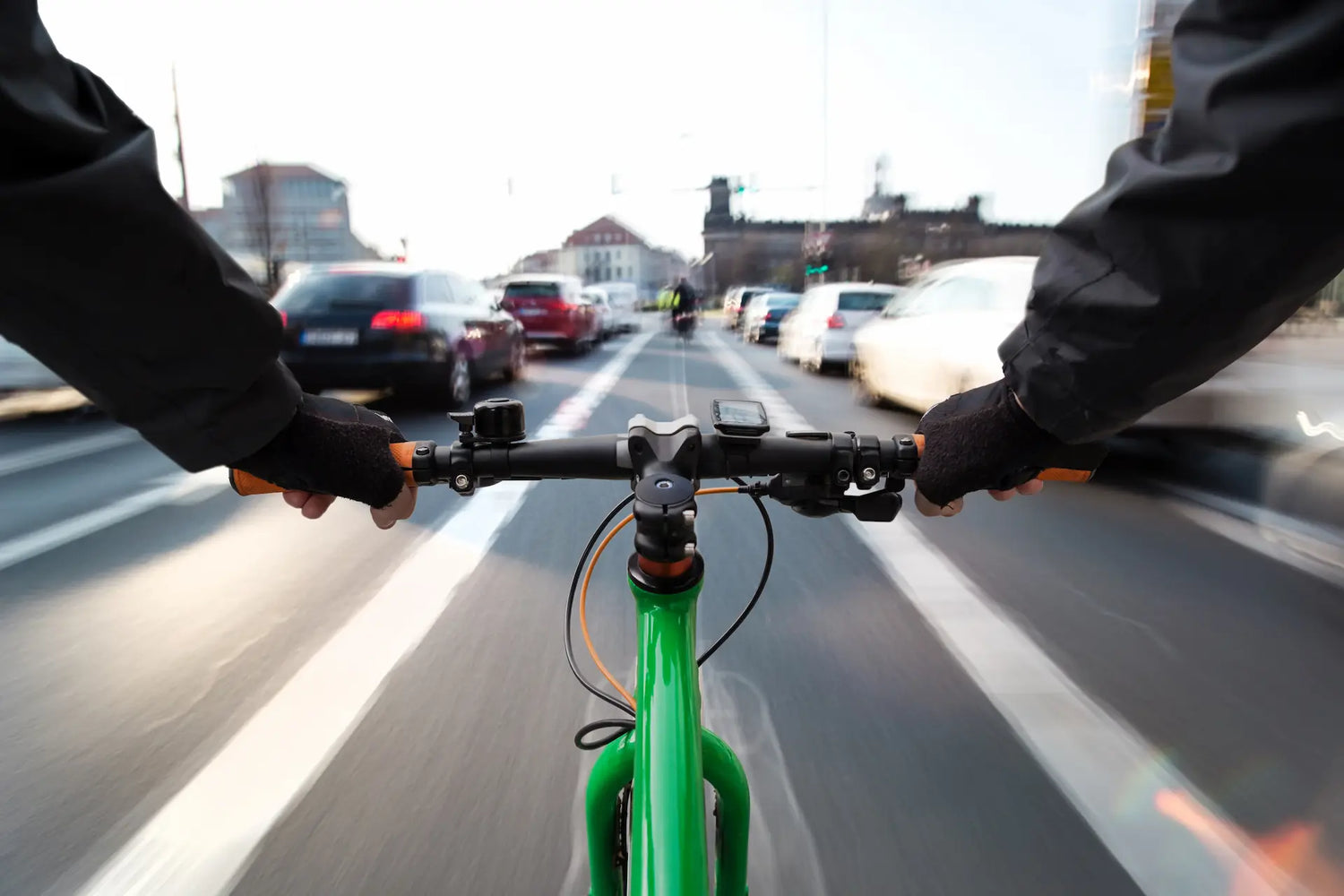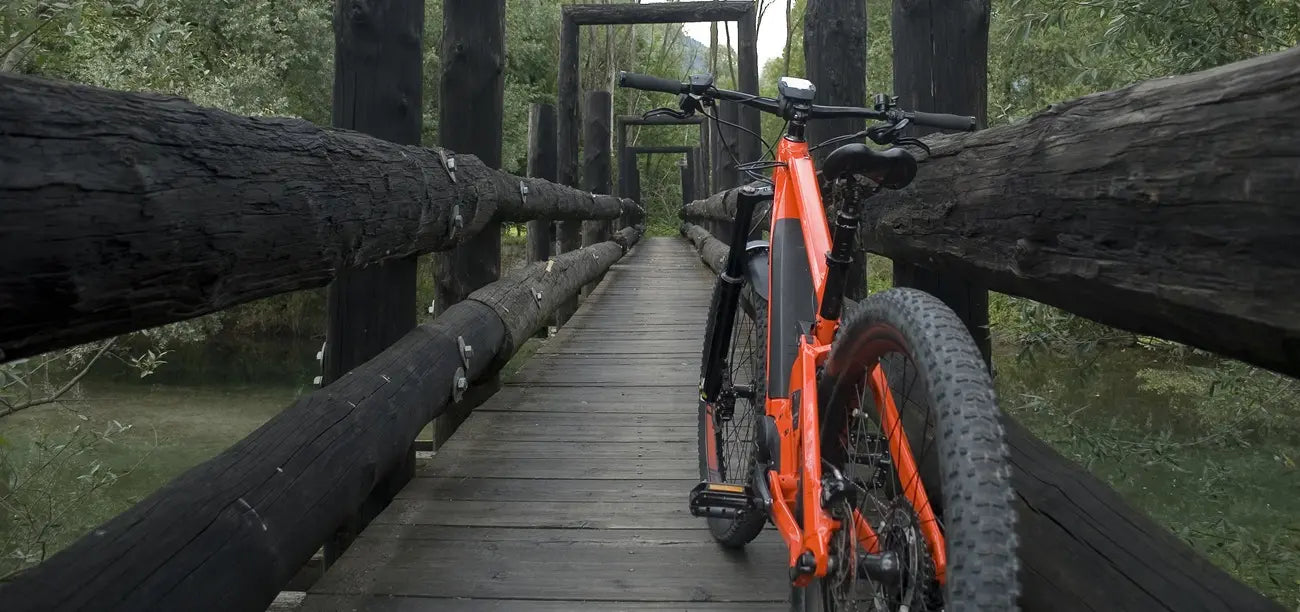
E-Bike Controller Maintenance: A Comprehensive Guide
Updated: 04/16/24
E-bikes are irreplaceable if you're looking for a convenient and environmentally friendly way to get around, with the added benefit of pedal assist for hills or longer distances. However, like any other electric vehicle, e-bikes require maintenance for optimal performance and longevity.
One of the most crucial components of an electric bike is the controller. It acts as the brain of your electric system, regulating power flow between the battery, motor, and other components. Proper controller maintenance is essential for a smooth ride and can save you from expensive repairs in the future. Our team at Rydy Bikes cares about your bike's health, and we’ve prepared tips for you on how to maintain its controller.
To ride a perfect e-bike with a perfect controller, you should have a Rydy Model I – a superstable foldable fat-tire bike-beast. See how it can benefit you!
What Is an E-Bike Controller and What Are Its Functions?

Before diving into maintenance, let's have a quick refresher on what an e-bike controller does. The electric vehicle controller receives signals from various sources, including the thumb throttle or twist throttle, pedal sensor, and brake levers.
Based on these inputs, it determines the amount of power delivered to the electric motor, controlling how fast your e-bike can go, acceleration, and braking. In simpler terms, it translates your riding intentions into action for the motor.
Here's a breakdown of its key functions:
- Signal interpretation: Having said that, the controller receives signals from sources such as the throttle, pedal sensor, brake levers, and sometimes even a display unit. The throttle signal indicates how much power the rider desires. The pedal sensor detects when the rider is pedaling and determines the level of pedal assist to deliver. Brake levers signal the controller to cut off motor power when braking for safety.
- Power delivery control: Based on the interpreted signals, the controller determines the amount of power to deliver to the motor. It regulates voltage and current to control the motor's speed, acceleration, and overall performance.
- Communication hub: The controller acts as a communication hub, relaying information between different components. For example, it might send data to the display unit showing speed, battery level, or error codes.
- System monitoring: The controller constantly monitors the entire electrical system, including voltage, current, and motor temperature. If it detects any abnormal readings, it might take corrective actions like reducing power output or even shutting down the system entirely to prevent damage.
- Power regulation: The controller ensures the motor receives power within safe operating parameters to prevent overheating or damage.
Possible Controller Faults & How to Fix Them

This constant flow of electricity makes the controller susceptible to wear and tear over time. Sometimes, it might be unpredictable. We’ve outlined common issues and solutions below.
Sudden Stop After Start-Up (Assuming Battery and Connections are Good)
- Mismatched controller voltage: Double-check that your e-bike controller voltage matches your battery voltage. For example, if your e-bike has a 60V battery, you shouldn't have a 72V controller installed. A voltage mismatch can confuse the controller trigger under-voltage protection and cause the motor to shut down prematurely.
Power Cutout While Riding
- Loose connections: First, ensure all connections (battery, motor, controller) are secure and free of corrosion. Loose connections can cause voltage drops or inconsistencies, potentially leading to the controller cutting off power.
- Overload or excessive current draw: If your e-bike struggles to maintain power, it could be overloaded. Consider reducing weight or tackling less demanding terrain. A high current draw can trip the circuit breaker as a safety measure.
- Internal controller issues: If the above checks don't resolve the issue, there might be loose internal components within the controller causing malfunctions. In this case, we recommend consulting a qualified mechanic.
Loud Noise, Slow Speed, and Shaking at Start-Up
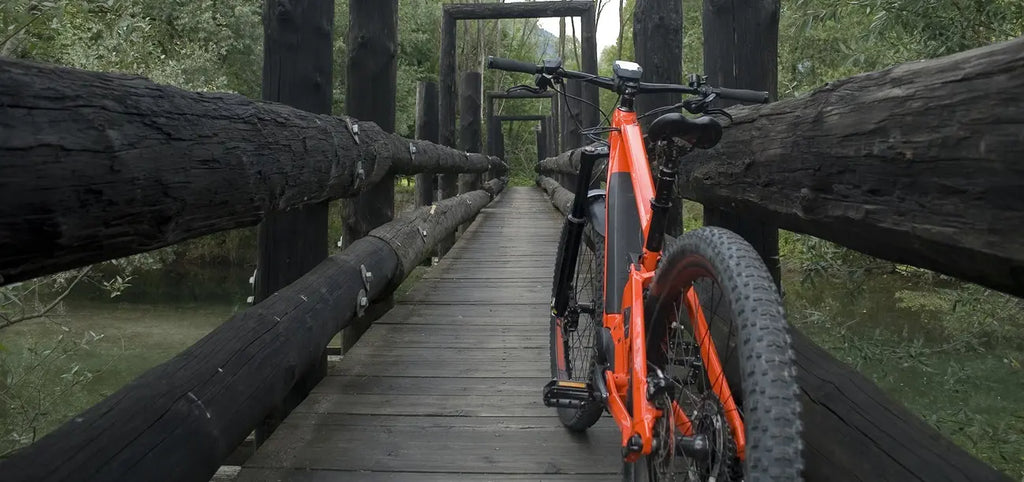
- Damaged motor hall or controller phase circuit: The motor hall effect sensors are crucial for smooth operation. If they're damaged, or there's an issue with the controller's internal phase circuit, you might experience these symptoms.
- Incomplete motor parameter learning: In some cases, the controller might not have successfully learned your specific motor's parameters. This can happen if the learning process is interrupted. Consult your e-bike manual for instructions on motor parameter learning (if applicable).
No Response from Motor when Turning Throttle (Assuming Display Shows Power)
- Brake sensor issues: Make sure your brakes aren't accidentally engaged, as this can cut off power to the motor for safety reasons. Try starting the motor manually to isolate the problem.
- Power transistor failure (within controller): If the motor doesn't engage even with manual start, the power transistor inside the controller might be malfunctioning. Its failure typically requires professional repair or controller replacement.
- Circuit problems (less likely): In rare cases, the issue could lie with the handlebar cable or electric door lock (if applicable) disrupting communication with the controller.
Erratic Engine Acceleration
- Water damage or open circuit: Water exposure can damage the controller's internal circuits, leading to erratic behavior. Similarly, an open circuit (break) in the wire between the throttle and controller negative pole can cause similar issues. If you suspect water damage, have your e-bike checked by a professional. For open circuits, a visual inspection of the wiring might reveal the culprit.
We recommend that you study our Electric Bike Troubleshooting Guide and learn how to deal with different issues that electric bikes can sometimes pose.
How to Maintain Your Electric Bike Controller

Now that you know about possible troubles associated with the controller, let's explore some key aspects of caring for it.
Regular Inspections
- Visual check: Turn off your e-bike and visually inspect the controller for any signs of physical damage like cracks, burns, or loose connections. Pay close attention to the wiring harness for any cuts, frays, or exposed wires.
- Power supply: Ensure a secure connection between the battery and the controller. Check for any corrosion on the battery terminals (positive and negative poles) and clean them with a vinegar-and-water solution if needed. A poor connection here can lead to erratic performance or even complete failure.
- Riding noise: Unusual noises like buzzing or clicking coming from the controller area could indicate internal component issues.
Advanced Maintenance
- Instrument line: With the power off, you can disconnect the instrument line (the cable connecting the controller to your display) and inspect the pins for any signs of corrosion or damage.
- Motor hall effects: For hub motors (motors built into the wheel), some advanced riders check the motor hall effects (sensors that monitor the motor's position). This typically involves using a multimeter to measure voltage readings and is best attempted by someone comfortable with electrical troubleshooting.
Warning: If you're not comfortable with any of these advanced checks, it's always best to consult a qualified e-bike mechanic. Opening the controller itself can expose you to high-voltage components and risk damaging the unit.
Preventative Measures
- Avoid overheating: Don't overload your e-bike by carrying excessive weight or attempting to climb hills that are too steep for your motor power. Also, be aware of your e-bike's maximum current and voltage ratings, as overheating can damage the controller's internal components.
- Keep the controller dry: Avoid riding through heavy rain or submerging your e-bike as water damage is a common cause of controller failure. When you have to ride in wet conditions, consider using waterproof items like special sleeves or covers for your controller. If it gets wet, remember to dry it.
- Software updates: Some newer controllers offer software updates that can improve performance or fix bugs. Check with your e-bike manufacturer or controller brand to see if any updates are available.
Storage Tips
- Invest in a quality cover: A good quality cover can protect your e-bike from the elements, including dust, moisture, and extreme temperatures, which can all contribute to the degradation of internal components and wiring. This can lead to premature controller failure and other electrical issues. A well-fitting cover will shield your e-bike, especially if it's stored outdoors or in a garage that isn't climate-controlled.
- Keep your bike clean: Regular cleaning removes dirt, debris, and grime that can build up around the controller area and potentially interfere with its operation.
Fixing vs. Replacing an Electric Bike Controller
If you suspect a controller issue, the first step is to troubleshoot. Check for any loose connections, faulty wiring, or blown fuses. If these basic checks don't resolve the problem, consulting a qualified e-bike mechanic is recommended. They can diagnose the issue and determine if the controller can be repaired or needs replacement.
In some cases, replacing the controller might be necessary. Keep in mind that not all controllers are universal. You'll need a controller compatible with your specific motor type (hub motor or mid-drive motor) and battery voltage. Using the wrong controller can damage other components of your e-bike. If you're unsure about choosing a replacement controller, consult your e-bike manufacturer or a trusted mechanic.
Conclusion
By incorporating e-bike controller maintenance into your routine, you can ensure a smooth, safe, and enjoyable riding experience. Remember, a little preventative care goes a long way in extending the life of your e-bike and saving you money on repairs down the road.
Discover your perfect e-bike with a controller you can trust in our online e-bike shop at Rydy Bikes. We offer e-bikes available in three fashionable colors and with package options (don't forget to explore the accessories). With this 750W-motor electric bicycle, every ride is an enjoyable ride.
Shop For E-Bikes & Accessories
SHOP NOW
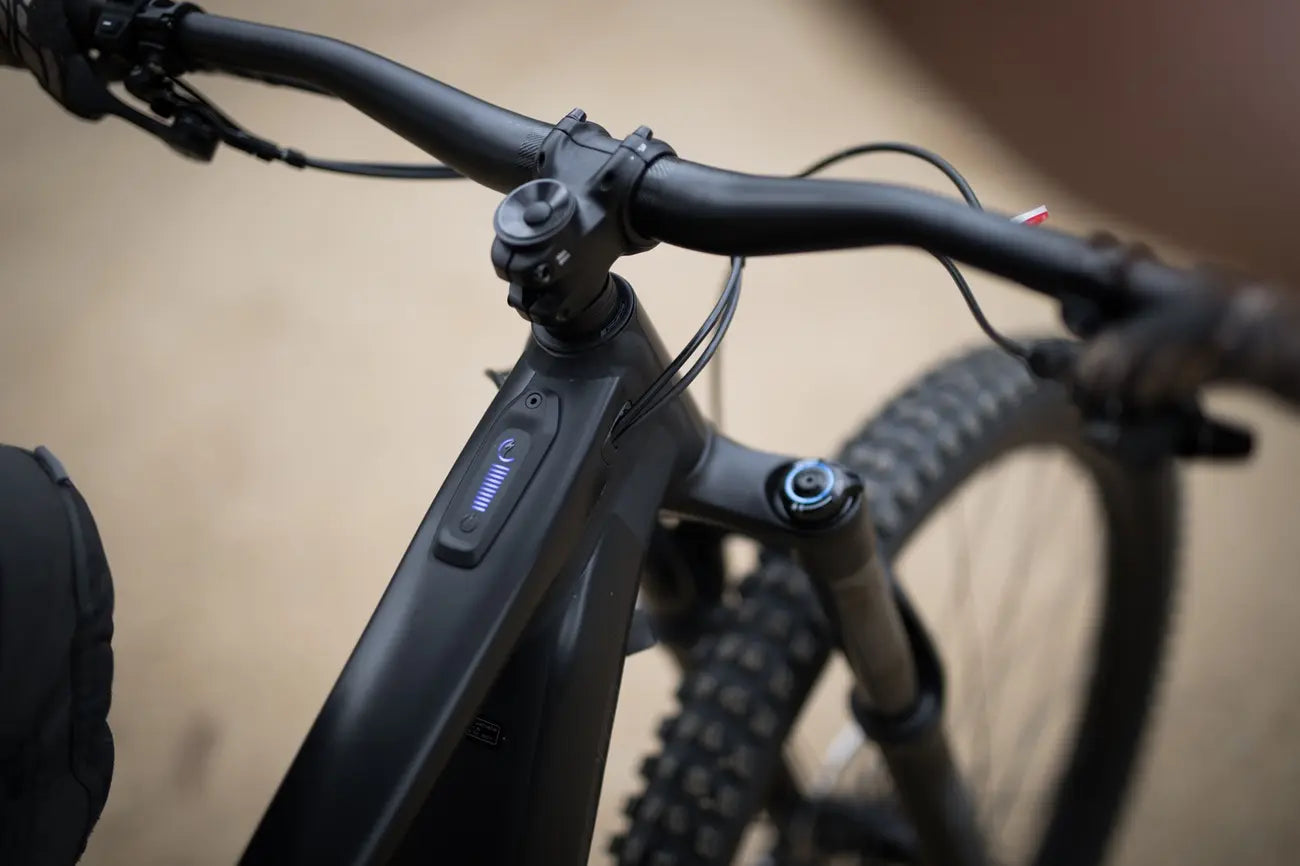
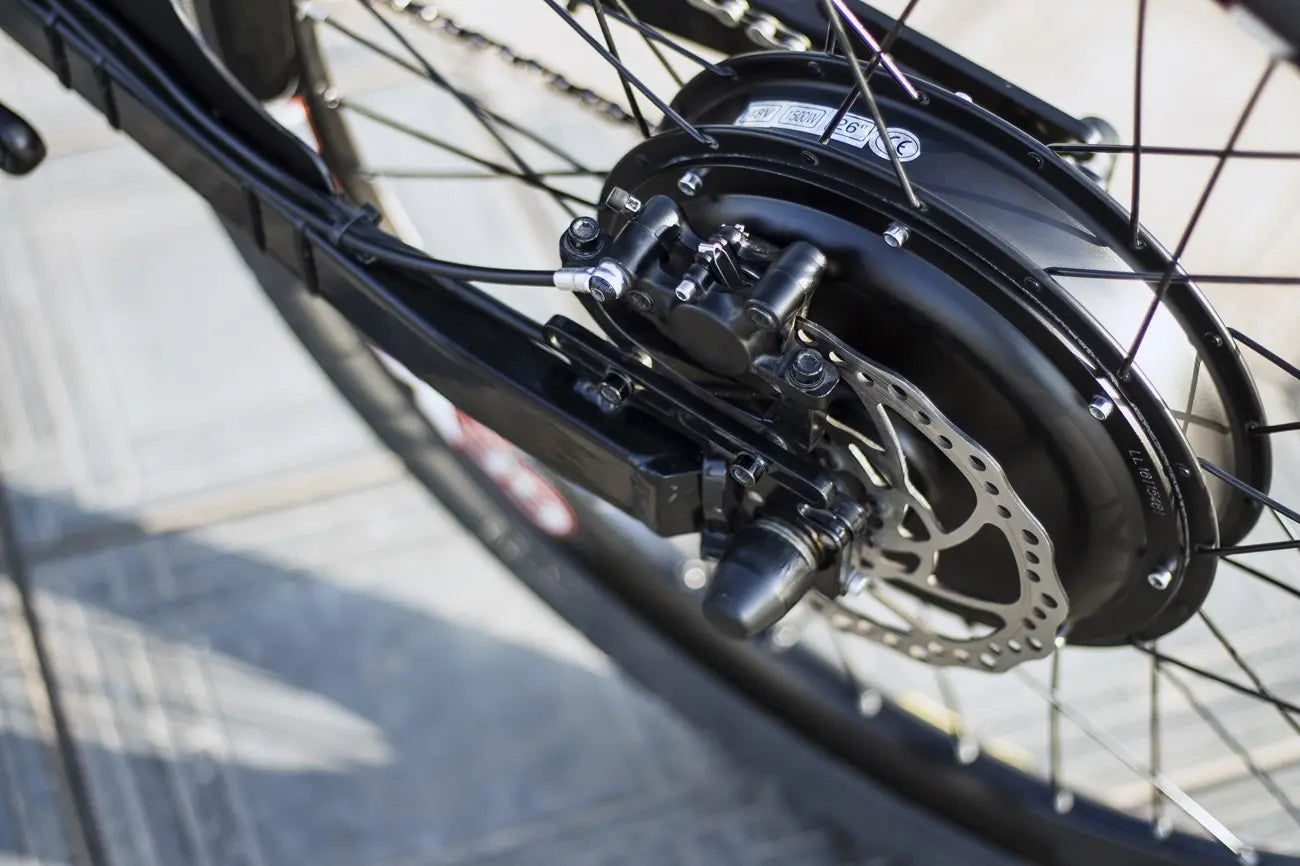
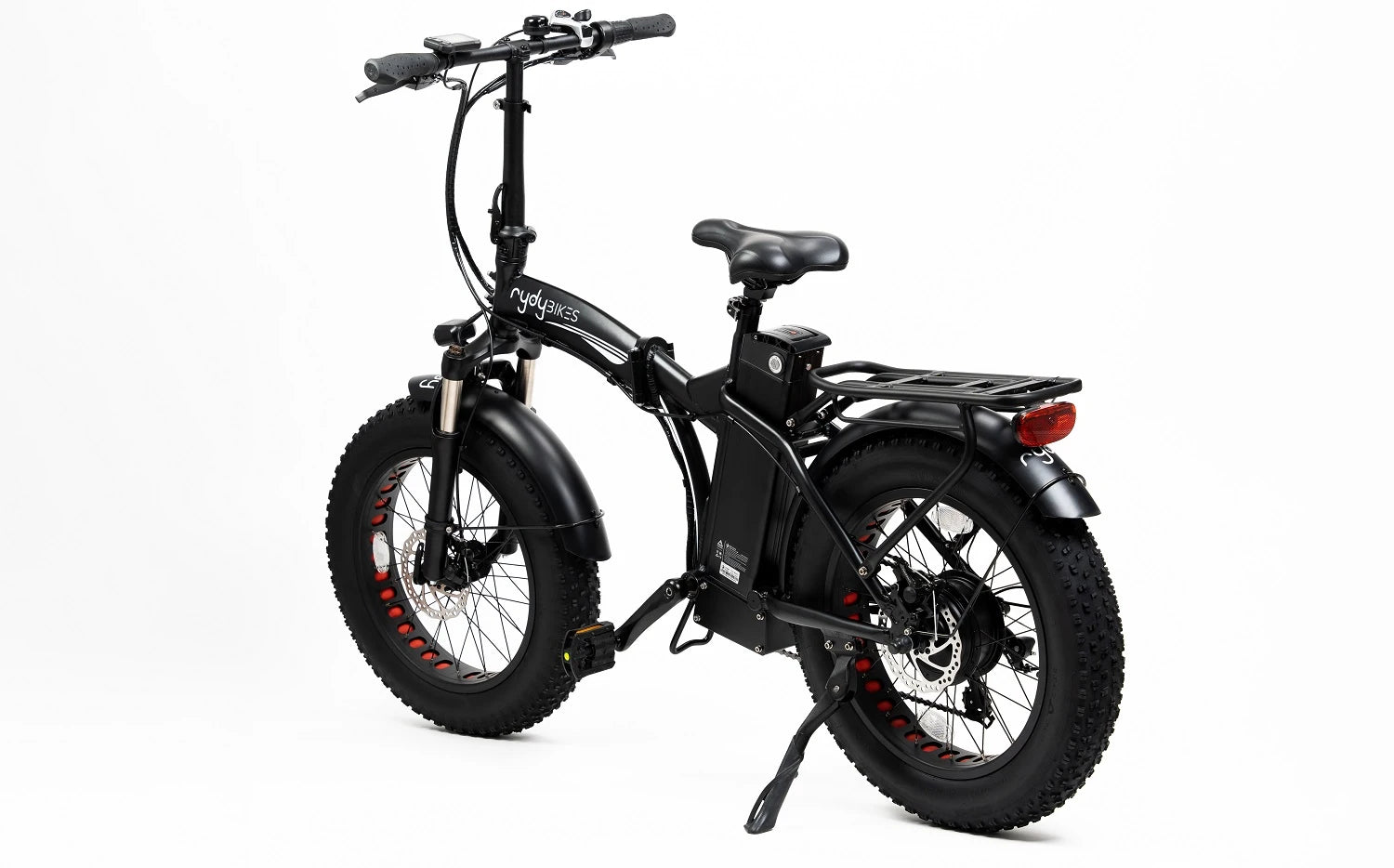

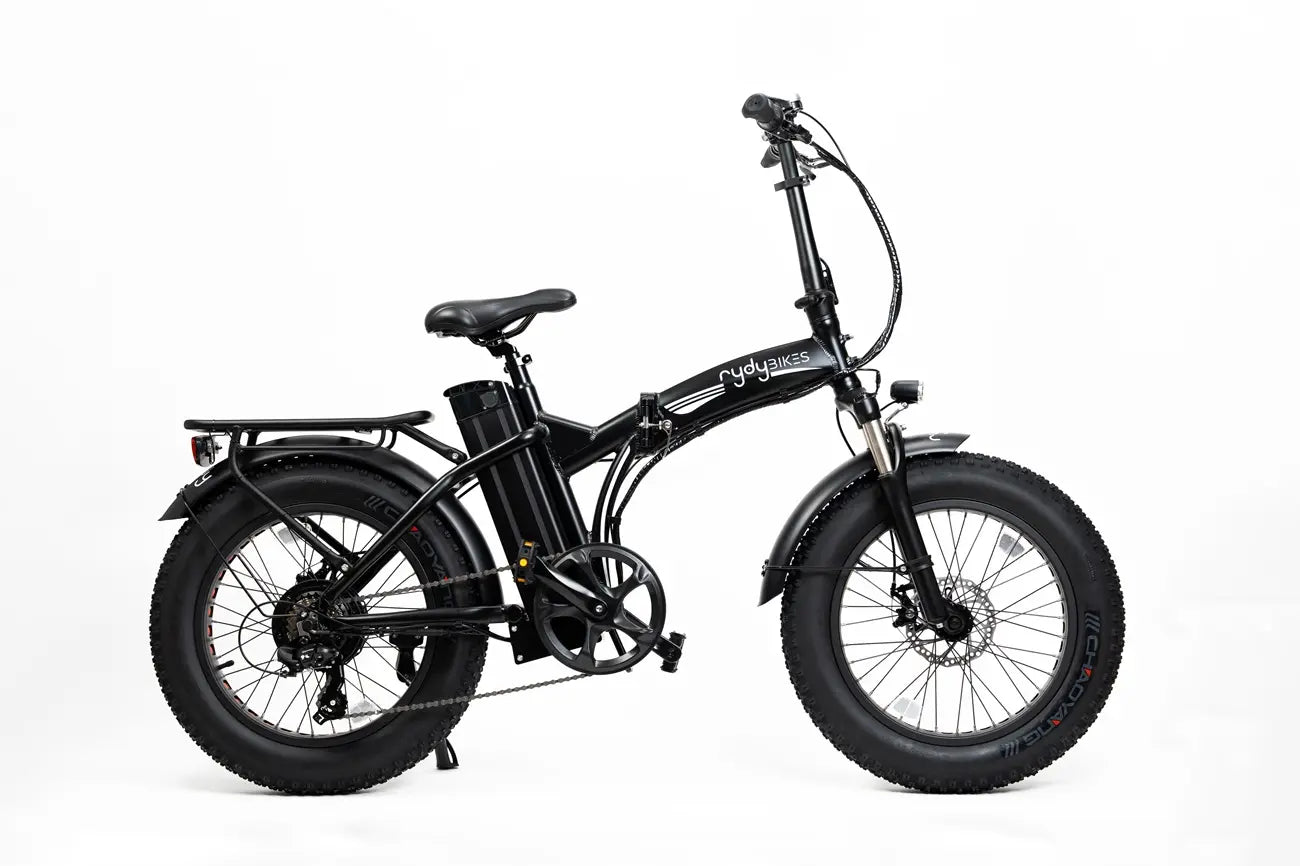

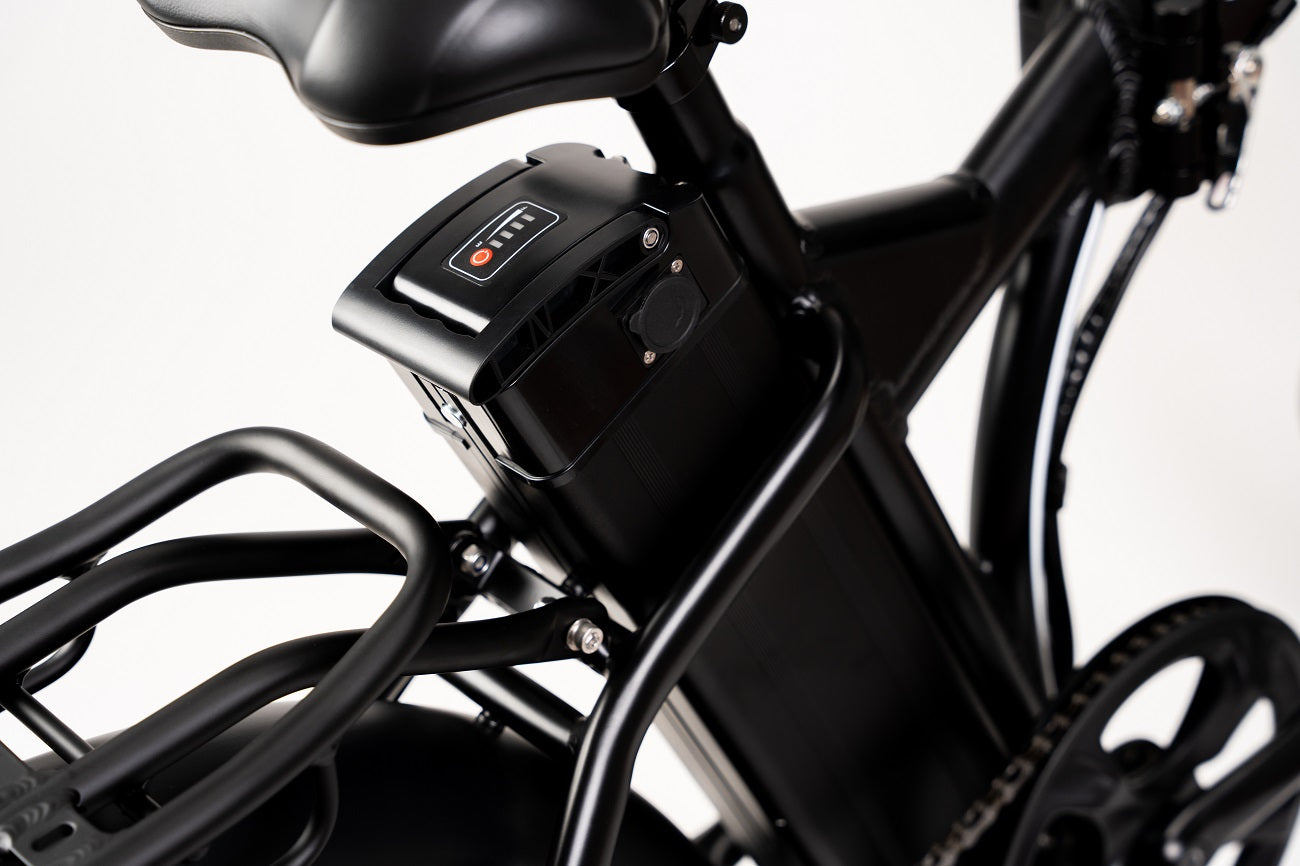


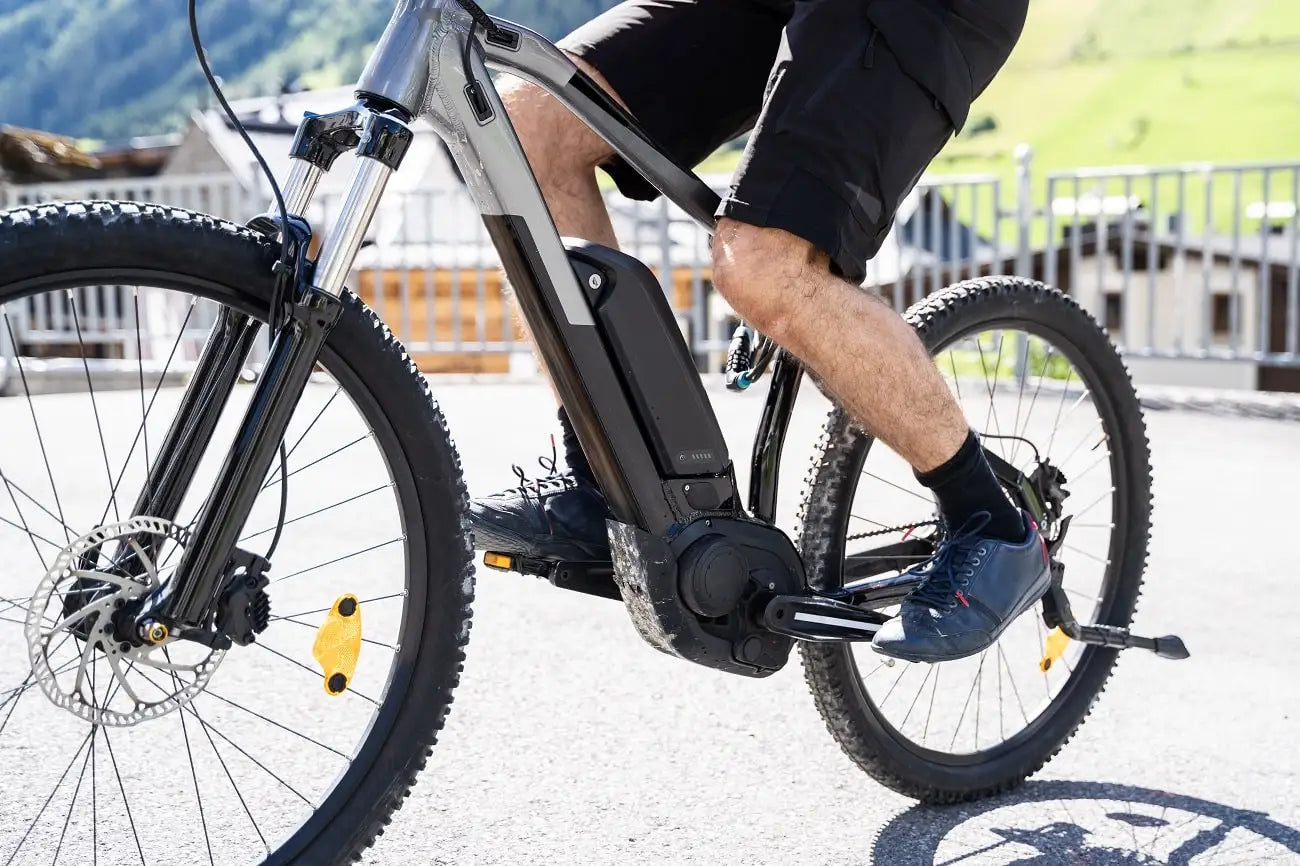
![E-Bike Tax Credit Bill: All You Need to Know About Electric Bicycle Incentive Kickstart Act [2023]](http://rydybikes.com/cdn/shop/articles/e-bike-tax-credit-bill-all-you-need-to-know-about-electric-bicycle-incentive-kickstart-act-2023.webp?v=1695716182&width=1500)
